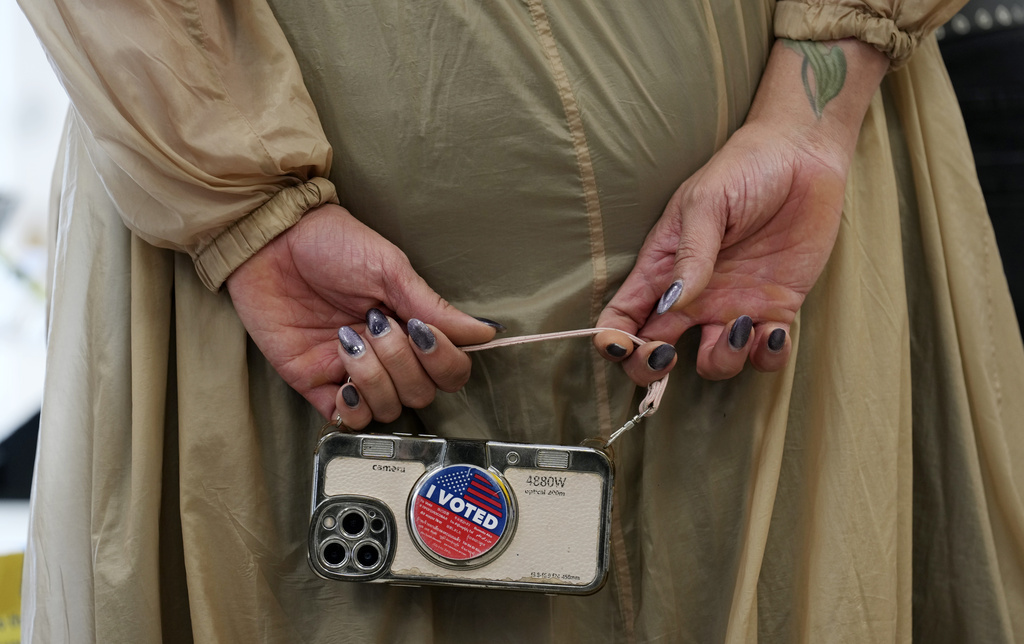Supreme Court Rules on Aligarh Muslim University’s Minority Status
In a landmark decision delivered on November 8, 2024, the Supreme Court of India addressed the long-standing question regarding Aligarh Muslim University’s (AMU) minority status. This case, which has significant implications for the institution and minority rights in India, unfolded under the scrutiny of a seven-judge Constitution bench. In a narrow majority verdict, Chief Justice DY Chandrachud, along with Justices Sanjiv Khanna, JB Pardiwala, and Manoj Misra, supported AMU’s minority status, while Justices Surya Kant, Dipankar Datta, and Satish Chandra Sharma expressed dissent.
Background of the Case
Aligarh Muslim University has a rich history as one of India’s prominent educational institutions, founded in 1875. Since its inception, AMU has played a vital role in advancing educational and social opportunities for the Muslim community in India. However, its minority status under Article 30 of the Constitution, which allows religious and linguistic minorities to establish and administer educational institutions, has been contested over the years.
The recent Supreme Court proceedings stemmed from a legal debate centered around whether AMU, as a university established by an act of Parliament in 1920, qualifies for minority status. This legal question was particularly poignant, given its potential impact on funding, governance, and autonomy of the university.
The Supreme Court Verdict
On Friday, the Supreme Court ruled after an extensive deliberation. Chief Justice Chandrachud delivered the majority opinion stating that AMU does fulfill the criteria for minority institution status, thereby affirming its longstanding position. The verdict signifies a pivotal reinforcement of the rights afforded to educational institutions operated by minorities in India.
Conversely, the dissenting justices articulated concerns regarding the implications of granting minority status to AMU. Justice Surya Kant contested the jurisdiction of the initially involved two-judge bench, arguing it erred by not referring the matter to a larger bench. He underscored the importance of adhering to established precedents, referencing the 1967 Azeez Basha verdict, which delineated conditions for minority institutions.
Justice Dipankar Datta went further by asserting that the AMU does not qualify as a minority institution based on historical and legislative contexts. He warned that the majority opinion could set a dangerous precedent, challenging the established norms governing educational equity in India. Similarly, Justice Satish Chandra Sharma argued against preferential treatment towards minority institutions, advocating for equal status among all educational establishments.
Implications for Minority Rights and Education
The Supreme Court’s ruling has far-reaching consequences for educational institutions in India, notably for those catering to minority communities. The decision ensures that AMU can continue to operate with certain privileges afforded to minority institutions, potentially impacting admissions, funding, and governance.
Experts suggest this ruling may galvanize other universities seeking similar recognition and encourage debates around minority rights in education. As the landscape of educational policy evolves, discussions on equity and equal treatment will remain crucial, particularly as India’s demographic landscape diversifies.
The Path Forward
The Supreme Court’s decision has reignited conversations surrounding minority status in India, and its implications on higher education policies will require ongoing attention. As AMU plans its next steps in light of the ruling, stakeholders must ensure that educational equity remains at the forefront.
This pivotal decision prompts critical reflection on how educational institutions can balance the rights of minority groups with the broader constitutional mandates of equality and non-discrimination.
As this story continues to unfold, we invite our readers to share their thoughts on the implications of this verdict for minority educational institutions in India and how it may reshape the future of educational policies.
For more information on similar key educational and legal developments, follow our updates on Shorty-News. To explore further insights, you may find articles on authoritative sites like TechCrunch or The Verge invaluable.
Feel free to share your comments and engage with our community on this topic!

